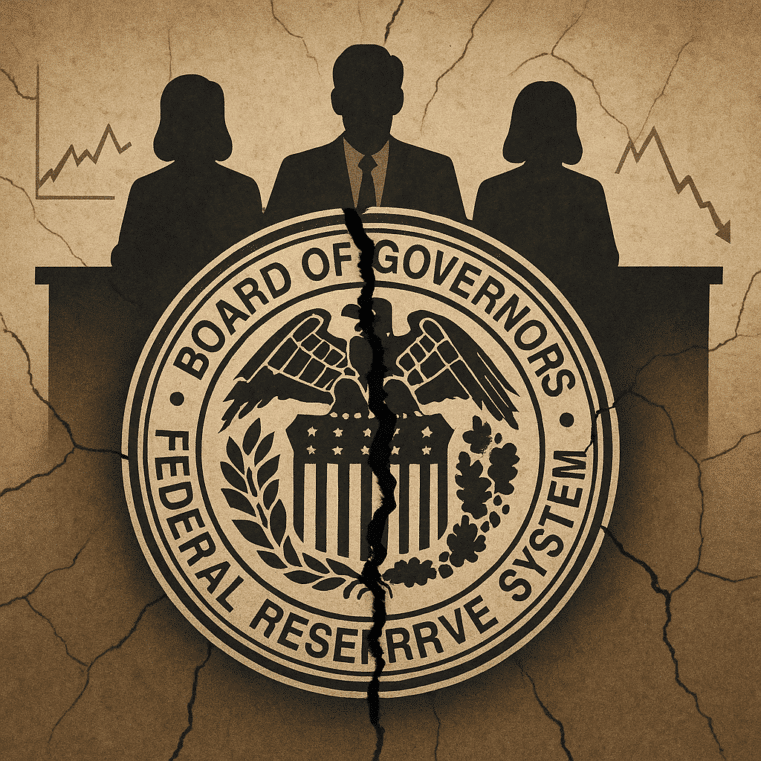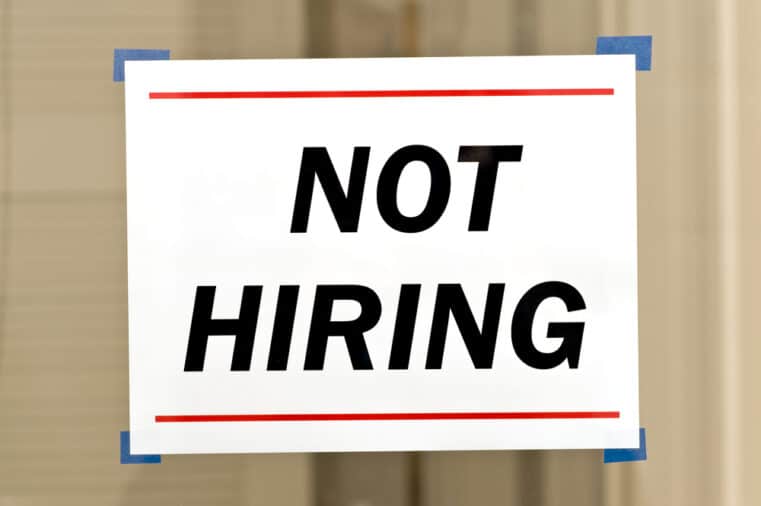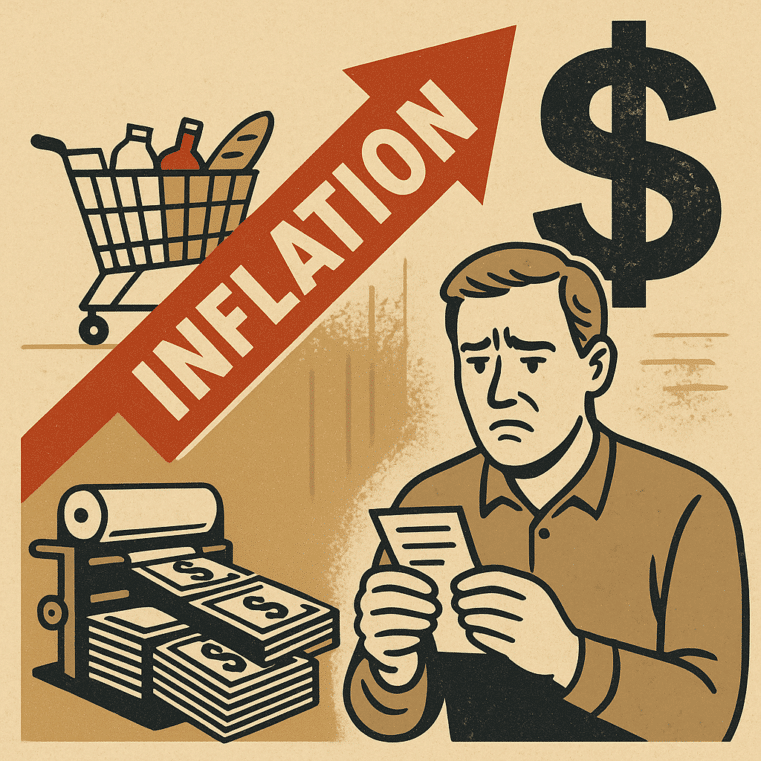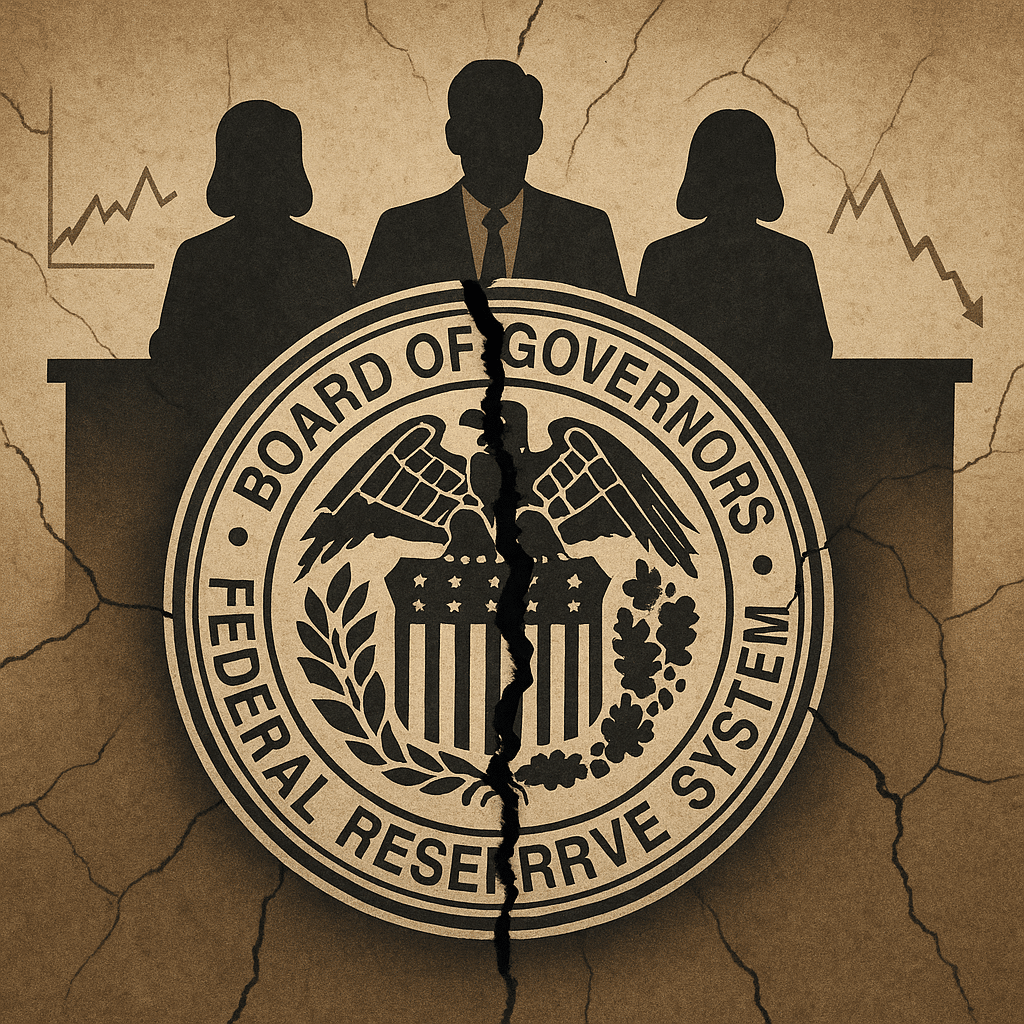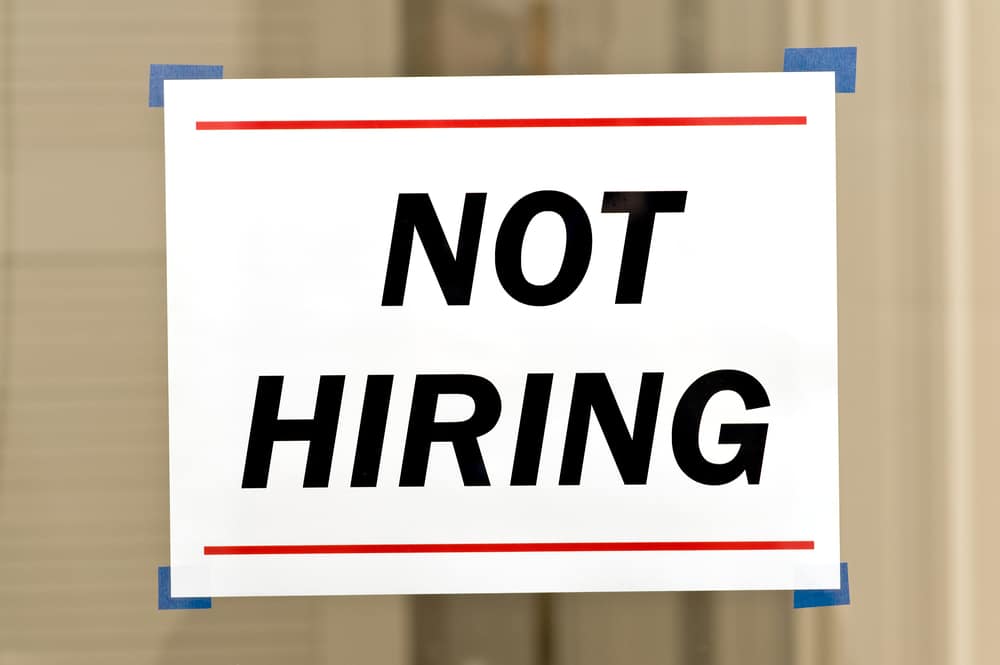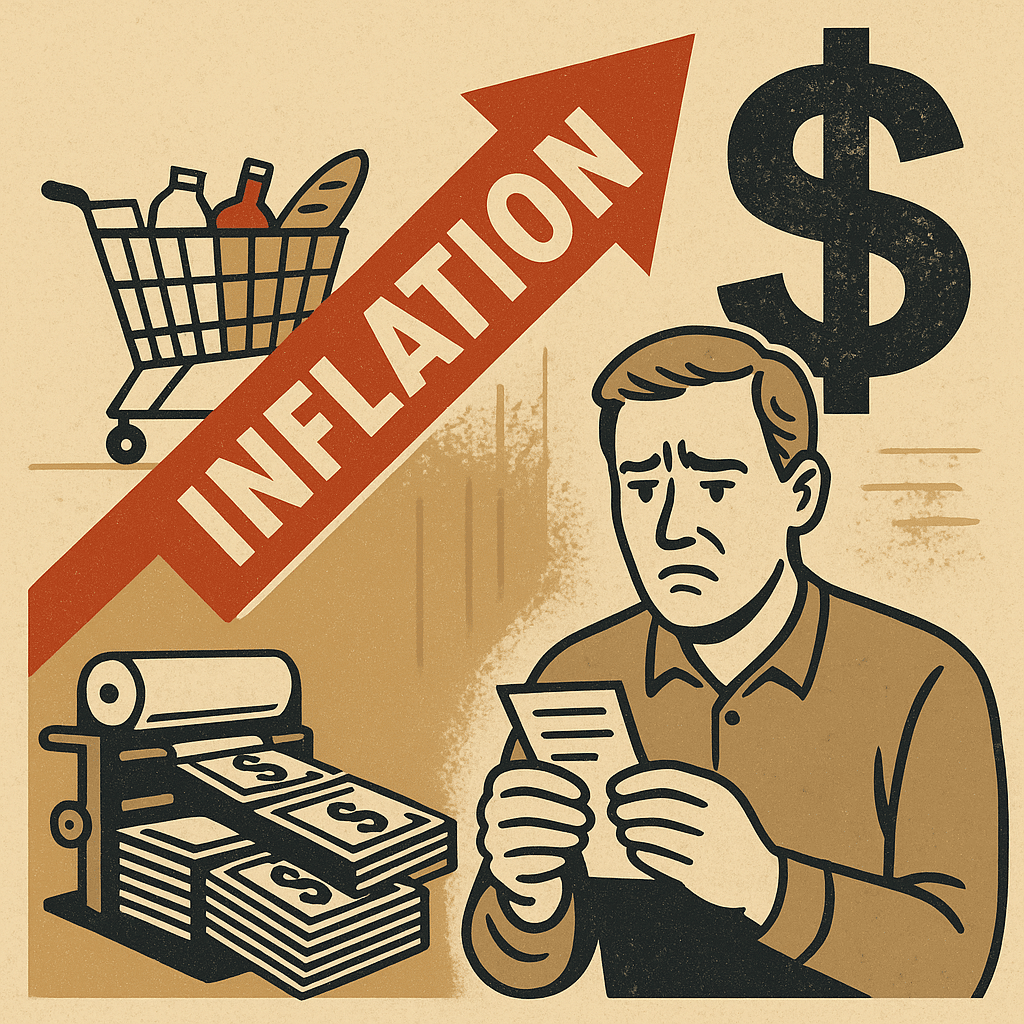
Wall Street Not Confident: Will Lending Plan Succeed?
EDITOR NOTE: As expected, the Federal Reserve is once again coming to the rescue, this time with a $600 Billion wager targeting small to midsize businesses that employ some 68 million Americans--the “jobs machine,” the Fed calls them. These are punitive loans that, at such low rates, will make all but zilch for lenders. Add to this scenario the high bankruptcy filings that are still beginning to emerge. A high wire act? You bet. A sound gambit? Well, Wall Street isn’t very confident about it. They’re likely leaning toward its potential for failure. And if it fails, the consequences for the US economy are bad enough that the Fed, when pressed, simply refused to address it.
(Bloomberg) -- The Federal Reserve is about to launch a $600 billion gambit to save swaths of U.S. businesses and tens of millions of jobs threatened by the coronavirus crisis. Wall Street is far from confident the Fed can pull it off.
At issue is the Main Street Lending Program, a high-stakes juggling act whose success likely hinges on multiple factors: Companies lining up for loans that come with punitive strings attached. Banks lending to risky businesses at rock-bottom interest rates -- meaning lenders’ profits might be minimal or even non-existent. Getting firms that lack access to debt and equity markets back on their feet amid the worst economic downturn in a generation.
Read More: Fed’s Abundance of Lending Programs Show It’s All In
It’s no surprise that Chairman Jerome Powell says Main Street is the most challenging rescue initiative the Fed has tried to set up in response to the pandemic. The program, which Powell said May 29 was just “days” away, targets mid-sized companies that have largely been left out of the government’s other stimulus efforts and getting it off the ground has taken more than two months.
The slow rollout combined with its complexity has the financial industry questioning whether Main Street will work, especially compared with rapid response actions that are already up and running, such as the Fed’s plans to buy corporate bonds and exchange traded funds that can invest in high-yield debt.
“I think saying this is likely to be the least successful is probably right,” Matthew Mish, a strategist at UBS Group AG, said of the Main Street program. “There are a number of hurdles where participation is going to be limited.”
Failure could have consequences for the U.S. economy and for President Donald Trump, whose re-election prospects are increasingly tied to businesses weathering the Covid-19 shutdown. Powell has labeled the small-and-medium-sized companies eligible for Main Street loans the U.S.’s “jobs machine,” because they employ some 68 million Americans. Widespread bankruptcies among these firms would be a clear setback for the pandemic recovery.
Fed officials declined to comment.
So far, companies have been silent about whether they plan to tap the Fed facility, which is largely seen as a last resort for businesses that can’t get funding elsewhere. Firms that could be good candidates for the loans include smaller retail and restaurant chains, and even sports teams, according to financial analysts.
An upside to the Main Street facility: Certain companies probably won’t face the same backlash for using it as they did for receiving Paycheck Protection Program loans, which are seen as a form of “free money” because the debt can be forgiven if most of it is spent on payroll. The Los Angeles Lakers basketball team returned a $4.6 million PPP loan and Shake Shack Inc. gave back $10 million after they were blasted on social media.
Under the Fed program, businesses with as many as 15,000 employees or up to $5 billion in annual revenue can apply for loans. Most of the financing will come from a vehicle set up by the Fed, though banks will be required to keep at least 5% of any loan on their books. The Fed plans to publish the names of borrowers and the loan amounts they receive on its website.
Read More: Fed Vow Boosts Debt Binge as Borrowers Cut Thousands of Jobs
The Fed can buy up to $600 billion in loans that are issued, and the Treasury Department has provided a $75 billion backstop that can be increased to cover any losses. The Fed says it will purchase loans until Sept. 30, though that date can be extended because Congress has authorized the central bank to keep buying the debt until the end of the year.
“This will be an important effort in supporting the economy but given the complexities of what the Fed and the government is trying to do with this program, it’s going to be a challenge to make it work,” said Nathan Sheets, the chief economist at PGIM Fixed Income who was a Treasury official during the Obama administration. “It’s success will be defined by the unemployment rate coming down.”
Here’s an overview of headwinds the Fed faces:
Strings Attached
The Fed imposed some of the same restrictions on its loans as what Congress included in the CARES Act. The $2 trillion stimulus bill prohibited stock buybacks and dividend payments to shareholders until a year after any loans are repaid. The legislation also placed restrictions on executive pay.
Originally posted on Yahoo! Finance



